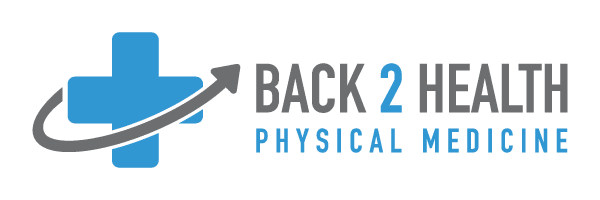
Headaches affect millions of people every day. In the U.S. 80% of adults will experience a severe headache this year. In fact, headaches are the #1 cause of absenteeism from work. The US alone will spend about $17 Billion dollars on headache treatments every year. The pain caused from headaches decreases the quality of life of those who suffer from them and their loved ones. Missed time spent with family and lost opportunities to connect with loved ones often lead headache sufferers to seek medical attention.
WHAT YOU NEED TO KNOW.
There are more than 150 different types of headaches, but they break down into two basic categories: Primary and Secondary. Secondary headaches are the result of some other condition, such as sinusitis or low blood sugar. Primary headaches are not the result of other conditions. We’ll focus on primary headaches here. Primary Headaches may be the cause of overactivity of the pain sensing structures in the head. Cranial nerves, blood vessels and muscles can contribute to primary headaches. Only a trained healthcare professional can determine what type of headaches you may have. If you’d like to schedule your free headache consultation with the caring professionals at Back 2 Health.
We understand how important Headache Free days are, Click Here to schedule a consultation.
1. Tension Headaches
-
-
- These are the most common type of primary headaches. It is usually described as dull achy pain that is felt in a “band” around the head. There is usually tenderness in the scalp, neck and shoulders. Episodic Tension Headaches will occur less than 15 days per month while Chronic Tension Headaches will be felt more than 15 days per month.
- Regular exercise of 30 minutes per day, relaxation/meditation techniques and NSAID’s like Ibuprofen can help reduce the frequency and severity. If those don’t help, then getting help from a trained healthcare provider may be the best option. Trigger point therapy combined with chiropractic care has shown a significant reduction of the frequency and severity of tension headaches.
-
2. Migraine Headaches
-
-
- These are usually described as throbbing or pulsing pain in one side of the head or behind one eye. Muscle tenderness of the head and neck is very common. Migraines may involve nausea, vomiting or sensitivity to light or sound. Often, but not always, a trigger is noted such as red wine, chocolate, medications or hormonal changes. Migraines may be hereditary and women are 3 times more likely to suffer from them than men. The first migraine will usually occur in adolescence.
- Usually, a combination of treatments is needed to reduce the frequency and severity of migraines such as medications, chiropractic care, trigger point therapy and botulinum neurotoxin (Botox) injections.
-
3. Cluster Headaches
-
-
- Cluster headaches are the most severe of the primary headaches. The pain is usually described as an intense, burning, sharp or stabbing pain around one eye. The pain can wake you up from sleep and last a few minutes to several hours. The eye may redden, swell or tear up. There is often tenderness in the muscles of the temples and occipital regions (back of the head). They occur in “clusters” of several headaches each day for two weeks to several months. Men are 4 times more likely to suffer Cluster headaches than women.
- There is no cure and treatments are geared towards reducing the severity and frequency of cluster headaches. There’s fast acting medications to reduce the pain when it occurs. Other treatment options such as sphenopalatine ganglion or occipital nerve blocks have been shown to prevent cluster headaches.
-
4. Cervicogenic Headaches
-
-
- Cervicogenic headaches are similar to tension headaches in their presentation. The pain is described as a dull ache that starts in the neck or the back of the head and travels into the head, behind the eyes or around the temples. The muscles of the neck and shoulders are usually tender.
- Trigger point therapy, acupuncture, relaxation/meditation techniques, chiropractic care and regular exercise can help to reduce the frequency and severity of cervicogenic headaches.
-


